Bell P-39Q Airacobra Brooklyn Bum
Production Time 9 to 10 weeks
Shipment is by FedEx, UPS or DHL International Express Courier with a normal door-to-door delivery time worldwide of within 2-3 business days after dispatch. Due to the current volatility of world fuel prices, the amount mentioned here is our best estimate for DHL and UPS and may be subject to change at the time of shipping.

Model Description: Bell P-39Q Airacobra Brooklyn Bum Wood Replica Scale Custom Model Aircraft
Manufacturer: Bell
Wingspan: 17 Inches (43.2 Centimeters)
Height: 6.3 Inches (16 Centimeters)
Scale: 1:24
$239.50
Production Time 9 to 10 weeks
-
United States dollar ($)
-
Pound sterling (£)
-
Euro (€)
-
Australian dollar ($)
-
Canadian dollar ($)
-
Singapore dollar ($)
-
Swiss franc (CHF)
-
Japanese yen (¥)
-
Danish krone (kr.)
-
Hong Kong dollar ($)
-
Norwegian krone (kr)
-
Swedish krona (kr)
-
United Arab Emirates dirham (د.إ)
General Product Description
Our PlaneArts Bell P-39Q Airacobra Brooklyn Bum model exhibits unique, unrivaled quality and detailed design to come as close as possible to the accuracy of the actual plane. It comes as standard with a robust, durable base or stand which is available in a variety of different finishes designed to match your own personal requirements including solid wood, wood with polished metal supports or adjustable wood wall mount and will be ready within about 9-10 weeks from placement of order.
The Bell P-39Q Airacobra Brooklyn Bum model is made of the finest kiln dried renewable mahogany wood (commonly known as Lauan or Meranti) which has undergone many stages of carving and meticulous and careful sanding giving the beautiful, finished museum quality masterpiece. Many collectors and model connoisseurs demonstrate their preference for genuine handmade and hand painted mahogany wood models rather than plastic or die cast (diecast) alternatives due to the overall look and totally different feel of the item - we trust you will find the same. We can however, if required produce the same model in Solid Cast Resin so just click and contact us for further information. Our craftsmen and gifted artisans ensure that our finely handcrafted model airplanes match the precise blueprint details of the original aircraft. The paint scheme, markings and parts are closely matched, reflecting the original aircraft. This stylish top-quality desktop replica model will surely enthrall anyone who receives this as a gift and for sure one of the most appropriate and desirably collectable gifts for any military aviation enthusiast and avid aircraft collector whilst also displaying a perfect resemblance to the actual real life version.
There are many types of military propeller aircraft, but the basic types are bombers, fighters, fighter bombers, spotter planes, transporters, patrol aircraft, trainers, and reconnaissance and observation aircraft. All these types of aircraft are used for different types of missions. If you're a fan of historic or present-day military aviation, our model aircraft will bring the excitement and character of these aircraft right into your own home. You can order a wood airplane model of a North American B-25 Mitchell Bomber, a B17 - Flying Fortress, or a P-51 Mustang Nervous Energy V not forgetting the Bf 109, Spitfire, FW 190, A6M Zero, P-38 and F4U. These classic, propeller airplane models are of the highest quality. Each is individually crafted by our expert craftsmen. They produce handmade scale mahogany airplane models of the finest aircraft from World War I and II to present day biplanes and triplanes.
If you require, we can also make the Bell P-39Q Airacobra Brooklyn Bum model in any other military, government or even private livery or colour scheme you require and if necessary, in a different size or scale. Just click here to contact us with a description or photographs of what you require, and we will let you have a quotation for the necessary customization by return email. We can also make bespoke scale replicas of any other private / civil commercial airliner or airliners, helicopter, glider, gliders with engines, military jet, warplane jets, biplane, triplane, tail fin, spacecraft, rocket or NASA model you require in any airline, military or civilian livery or colors. We also produce model airships, blimps, dirigibles, blimps, boats, and ship collectibles. Wall plaque or seal for military, government or private customers. Again, by clicking here to contact us just let us know exactly what you need.

*
The Bell P-39Q Airacobra: The “Brooklyn Bum” of WWII Aviation
The Bell P-39Q Airacobra, nicknamed the “Brooklyn Bum,” holds a unique place in the annals of World War II aviation history. Known for its distinctive design and remarkable combat performance, the P-39Q was a versatile and innovative aircraft that played a significant role in multiple theaters of war. This article explores the story behind the “Brooklyn Bum,” its technical specifications, combat history, and legacy.
The Origins of the P-39 Airacobra:
The Bell P-39 Airacobra was developed by Bell Aircraft Corporation in the late 1930s. Designed as a high-altitude interceptor, it was among the first American fighter aircraft to feature a tricycle landing gear configuration. One of the most striking aspects of the P-39’s design was its placement of the engine in the center of the fuselage, behind the cockpit. This unconventional arrangement was intended to provide better weight distribution and improved maneuverability.
However, the P-39’s high-altitude performance was hampered by the lack of a supercharger, a decision driven by the U.S. Army Air Corps’ belief that the aircraft would mainly operate at lower altitudes. This limitation made the P-39 less effective against enemy fighters at high altitudes but suited it well for ground-attack roles and low-altitude combat.
The “Brooklyn Bum” and the P-39Q Variant:
The P-39Q variant of the Airacobra was the final and most produced version of the series, with over 4,905 units built. It featured several improvements over its predecessors, including a more powerful Allison V-1710-85 engine, enhanced armor protection, and the addition of underwing gun pods with .50 caliber machine guns. These modifications made the P-39Q a formidable low-altitude fighter and ground-attack aircraft.
The “Brooklyn Bum” was a specific P-39Q, emblazoned with nose art that captured the spirit and personality of its crew. Nose art was a popular form of expression among World War II aviators, serving as a morale booster and a way to personalize their aircraft. The “Brooklyn Bum,” with its colorful depiction of a scrappy, street-smart character, became a symbol of resilience and fighting spirit.
Combat History and Performance:
The P-39 Airacobra, including the “Brooklyn Bum,” saw extensive combat service during World War II, particularly in the Pacific Theater, North Africa, and the Eastern Front. While the aircraft’s high-altitude performance was limited, it excelled in low-altitude engagements and ground-attack missions. Its 37mm M4 cannon, mounted in the nose, was particularly effective against armored ground targets and enemy aircraft.
In the hands of skilled pilots, the P-39Q proved to be a capable dogfighter. The Soviet Air Force, which received over 4,700 P-39s under the Lend-Lease program, became one of the largest operators of the aircraft. Soviet pilots praised the Airacobra for its robust construction, powerful armament, and suitability for low-level combat. Notably, Soviet ace Aleksandr Pokryshkin achieved a significant number of his 59 aerial victories flying a P-39.
The “Brooklyn Bum” and its sister aircraft were also used in ground support roles, strafing enemy positions, and providing close air support to Allied ground forces. Their agility at low altitudes made them ideal for these missions, where they could take advantage of their maneuverability and heavy armament to devastating effect.
Legacy of the P-39Q Airacobra and the “Brooklyn Bum”
The Bell P-39Q Airacobra, including the storied “Brooklyn Bum,” left an indelible mark on World War II aviation history. Although it never achieved the iconic status of other Allied fighters like the P-51 Mustang or the Supermarine Spitfire, the P-39Q was a workhorse that performed admirably in a variety of roles. Its unique design, versatility, and ruggedness made it a favorite among pilots who appreciated its strengths and learned to work within its limitations.
Today, the P-39 remains a subject of fascination for aviation enthusiasts and historians alike. The “Brooklyn Bum,” with its distinctive nose art and combat record, serves as a reminder of the ingenuity, courage, and spirit of the airmen who flew these remarkable machines into battle.
Conclusion:
The Bell P-39Q Airacobra, and particularly the “Brooklyn Bum,” stand as a testament to the adaptability and resilience of World War II aviators. Despite its unconventional design and the challenges it faced, the P-39Q proved to be a capable and reliable aircraft that contributed significantly to the Allied war effort. The “Brooklyn Bum” remains a symbol of the grit and determination that characterized the men and machines of the Second World War.
| Weight | 6 kg |
|---|---|
| Dimensions | 15.1 × 17 × 6.3 in |


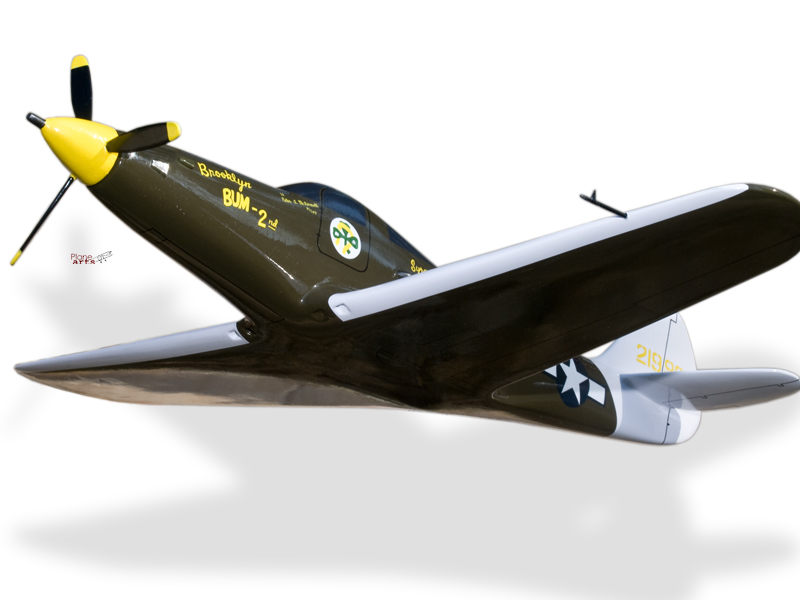
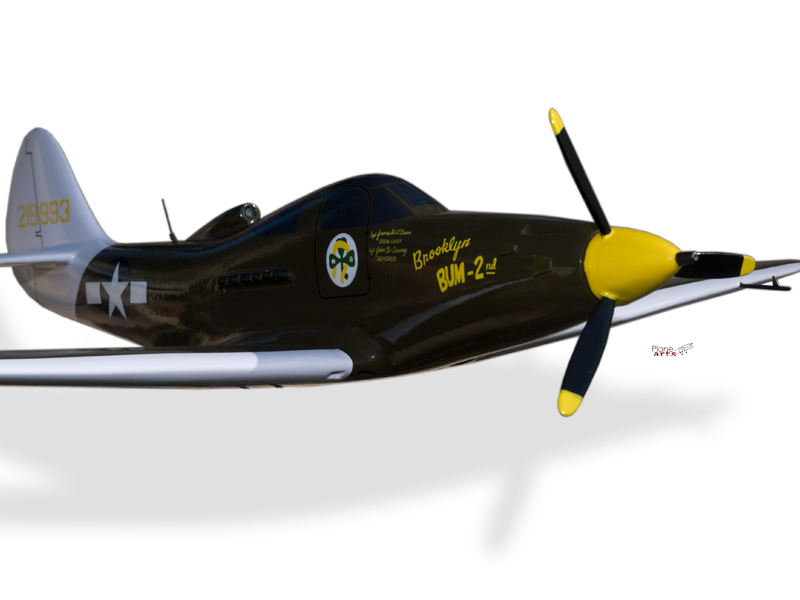

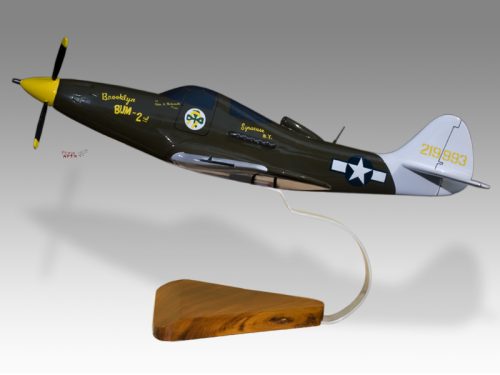

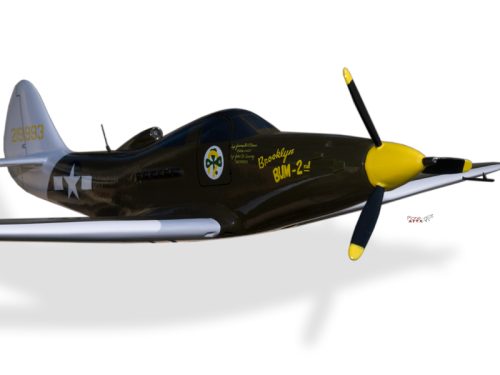

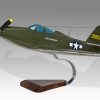
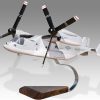
Reviews
There are no reviews yet.